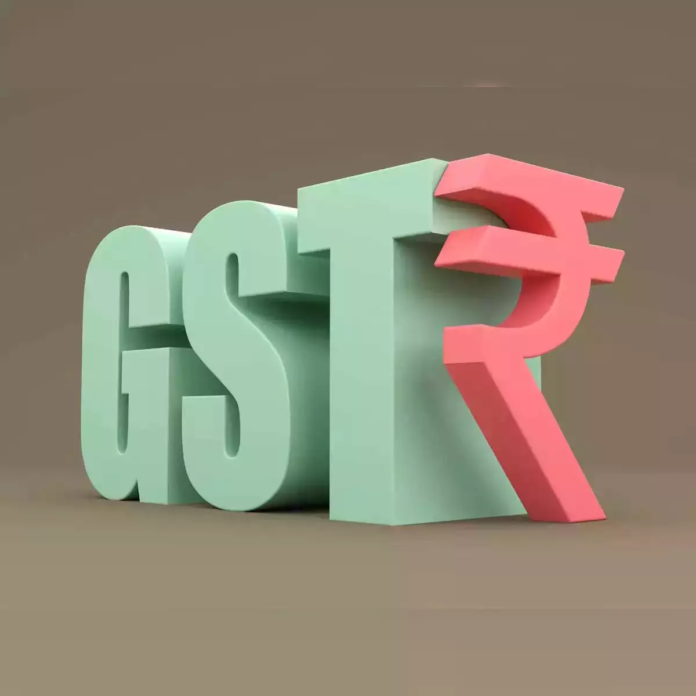Just after India’s government celebrated the success of the Goods and Services Tax (GST) regime, which completed seven years on July 1, an unexpected departure from the norm has raised eyebrows. Traditionally, the monthly GST revenue data is accompanied by a detailed breakdown of the intake. However, for June, only the gross revenue figure was released, and even this was reportedly revealed by officials rather than through a formal statement. This unusual move warrants closer scrutiny as it raises questions about transparency and the health of India’s GST system.
The Journey of GST: A Brief Overview
Implemented on July 1, 2017, the GST was hailed as one of the most transformative tax reforms in India’s history. It aimed to consolidate the indirect tax structure by merging multiple taxes into a single system, thereby simplifying compliance and reducing the cascading effect of taxes on goods and services. Over the years, the GST regime has undergone several modifications to address the issues faced by businesses and taxpayers. By its seventh anniversary, it had been credited with enhancing tax compliance, broadening the tax base, and increasing revenues.
The Missing Data: Anomalous and Alarming
The usual practice for releasing GST revenue data involves a comprehensive report that includes a detailed breakup of the collection—Central GST (CGST), State GST (SGST), Integrated GST (IGST), and Cess. This transparency allows stakeholders to analyze trends, understand the contribution of different sectors, and gauge the overall health of the economy. However, the absence of such detailed data for June is an anomaly that cannot be overlooked.
Possible Reasons for the Departure
Several speculations can be made about the reasons behind this deviation. One possibility is a technical or administrative glitch that delayed the compilation and release of the detailed data. Given the scale and complexity of the GST system, such issues are not entirely out of the question. However, this explanation seems less plausible given the importance of the data and the government’s commitment to transparency.
Another potential reason could be the data itself. If the detailed figures revealed a significant drop in collections from certain sectors or states, the government might have opted to withhold this information to avoid negative sentiment. This raises concerns about the transparency and reliability of the information provided to the public.
Implications of the Missing Data
1. Eroding Trust and Transparency: The GST regime’s success relies heavily on the trust and cooperation of taxpayers. The sudden lack of detailed data undermines this trust and raises questions about the government’s commitment to transparency. It sets a worrying precedent, suggesting that information can be selectively disclosed.
2. Economic Analysis Hindered: Economists, policymakers, and businesses rely on the detailed GST data to make informed decisions. The absence of this data for June hampers their ability to analyze trends, forecast revenues, and plan strategically. This could have wider implications for economic planning and policy-making.
3. Speculation and Uncertainty: In the absence of official data, speculation fills the void. Rumors and conjectures about the reasons for the missing data can lead to unnecessary panic and uncertainty. This is detrimental to the business environment, especially at a time when economic recovery from the pandemic is still underway.
The Need for Clarity
Given the significance of the GST regime to India’s economy, it is imperative for the government to address this anomaly promptly. Clarity on the reasons behind the absence of detailed data is crucial to maintain confidence in the system. If there were technical or administrative issues, acknowledging and addressing them transparently would help restore trust.
Moving Forward: Ensuring Robust Data Practices
To avoid similar situations in the future, several measures could be implemented:
1. Enhanced Data Infrastructure: Investing in robust data collection and processing infrastructure can minimize the chances of technical glitches. Ensuring that the system can handle the scale and complexity of GST data is essential for timely and accurate reporting.
2. Regular Updates and Communication: Establishing a protocol for regular updates and communication regarding GST data can enhance transparency. Even in cases of delays or issues, timely communication can help manage expectations and maintain trust.
3. Independent Audits: Conducting regular independent audits of GST data collection and reporting processes can ensure accuracy and transparency. This can also help identify and address any systemic issues proactively.
4. Stakeholder Engagement: Engaging with stakeholders, including businesses, economists, and policymakers, to understand their needs and concerns can lead to more effective data practices. Collaborative efforts can result in a more resilient and responsive GST system.
The unusual departure from the typical practice of releasing detailed GST revenue data for June is a concerning anomaly. It underscores the need for transparency, reliability, and robust data practices in the GST regime. As India celebrates seven years of GST, it is crucial to address this issue head-on to maintain the integrity and success of the tax system.
Moving forward, the government must prioritize clear communication, enhanced data infrastructure, and stakeholder engagement to ensure that such anomalies do not recur. By doing so, India can continue to build on the achievements of the GST regime and pave the way for a more transparent and resilient tax system that supports economic growth and development.
Disclaimer: The thoughts and opinions stated in this article are solely those of the author and do not necessarily reflect the views or positions of any entities represented and we recommend referring to more recent and reliable sources for up-to-date information.



